Laurel Hamers
Laurel Hamers was the general assignment reporter at Science News.

Trustworthy journalism comes at a price.
Scientists and journalists share a core belief in questioning, observing and verifying to reach the truth. Science News reports on crucial research and discovery across science disciplines. We need your financial support to make it happen – every contribution makes a difference.
All Stories by Laurel Hamers
-
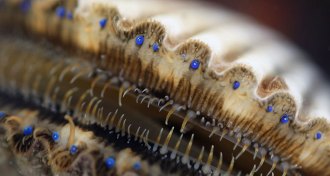 Animals
AnimalsScallops’ amazing eyes use millions of tiny, square crystals to see
Each of a scallop’s many eyes contains an intricate mirror made from millions of crystals.
-
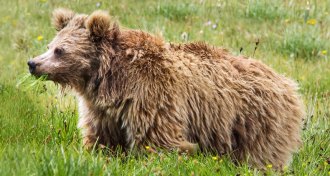 Animals
AnimalsHere’s yet more evidence that the mythical yeti was probably a bear
A more complete genetic analysis amps up the evidence that the legendary creatures known as yetis are actually bears.
-
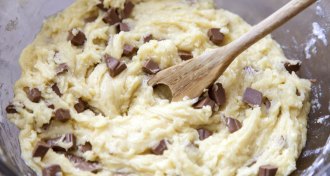 Health & Medicine
Health & MedicineStep away from the cookie dough. E. coli outbreaks traced to raw flour
Flour, though low in moisture, can sicken people with E. coli toxins if it is eaten raw.
-
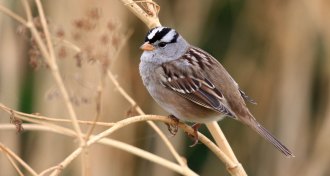 Animals
AnimalsSeeds coated in a common pesticide might affect birds’ migration
Eating small amounts of a neonicotinoid pesticide can disorient white-crowned sparrows.
-
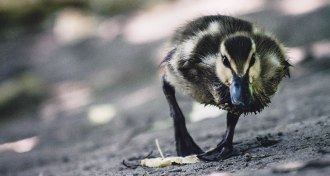 Animals
AnimalsEven a tiny oil spill spells bad news for birds
Just a small amount of crude can make birds less active.
-
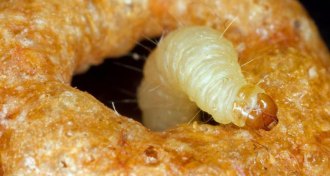 Animals
AnimalsThe key to breaking down plastic may be in caterpillars’ guts
Caterpillars that feast on plastic have different gut microbes than those that eat a grain-based diet.
-
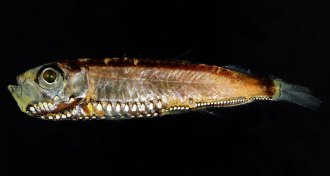 Animals
AnimalsThis deep-sea fish uses weird eyes to see in dark and light
The eyes of deep-sea fish called pearlsides contain cells that look like rods but act like cones.
-
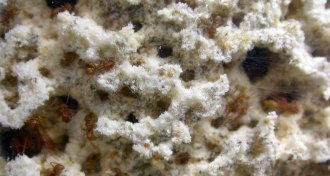 Animals
AnimalsAnts were among the world’s first farmers
50 years ago, researchers began unraveling the secrets to Attine ants’ green thumbs.
-
 Earth
EarthDino-dooming asteroid impact created a chilling sulfur cloud
The Chicxulub impact spewed more sulfur than previously believed.
-
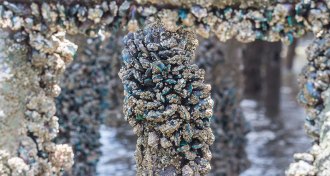 Life
LifeA new material may one day keep mussels off piers and boat hulls
Mussels don’t stick to a new lubricant-infused silicone material.
-
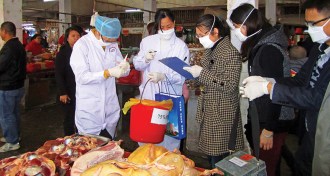 Life
LifeThe next wave of bird flu could be worse than ever
Deadly bird flu can pass between ferrets through the air.
-
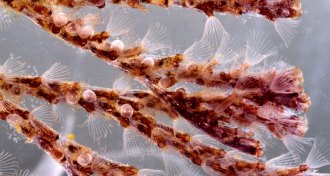 Chemistry
ChemistryA potential drug found in a sea creature can now be made efficiently in the lab
Cooking bryostatin 1 up in a lab lets researchers explore its potential as a drug.